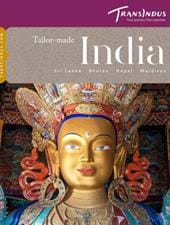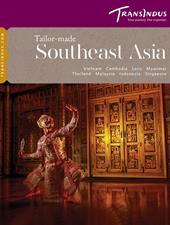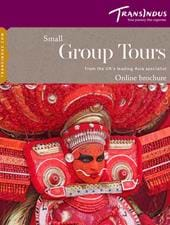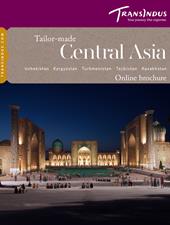The UNESCO-inscribed and most significant festival in the world, the Maha Kumbh Mela, is an extraordinary showcase of India's spiritual and cultural tapestry. Some 200 million people come to experience dynamic and mystical rituals and celebrations.
The festival occurs once every four years and rotates between four sacred cities over a 12-year cycle. It relates to the celestial battle between the Devas (gods) and Asuras (demons) as they churned the oceans of creation. During this battle, Amrit, an elixir of immortality, spilled onto the four sites along the path of the Ganges: Prayagraj (Allahabad), Nashik, Ujjain, and Haridwar.
Among the four, the Maha Kumbh at Paryagraj is considered the most auspicious. It is located at the confluence of three holy rivers: the Ganges, Jumna, and the mythical Sarasvati River. The exact dates of the festival are determined by the astrological interpretation of the Sun, Moon, and Jupiter.
For worshipers, the central ritual of the Kumbh is a holy dip in the celestial water of the Ganges for redemption and, ultimately, Moksha for the cycle of birth and death of one's soul and those of passed ancestors. While the bathings occur daily, the most cherished bathing dates are the Shahi Snan, or 'Royal Baths', when the sadhus, saints, and holy men descend to the Ganges in a spectacular procession.
We organise vantage points for visitors to experience the processions, bathing rituals, and celebratory feasts that take place daily, in which devotees sit in rows to share a communal meal. Each morning and evening, visitors can experience the spectacular Aarti, where temple priests perform the Aarti, reciting hymns and waving flaming torches along the banks of the Ganges. They can also enjoy boat rides on the ganers, guided walks and visits to ancient temples are included. Then, as the sun sets, the evenings are adorned with captivating laser light shows that paint the skies with brilliance.
Holy men are available for public discourse, spiritual guidance, and philosophical discussions, should you engage. Numerous pop-ups sprout along the banks, exhibiting and selling traditional and local arts, crafts and street food throughout the festival, where visitors can admire, purchase or experience artisanal traditions from every corner of India.
Classical dance and music performances unfold alongside yoga classes and wellness retreats, all available to enjoy.








